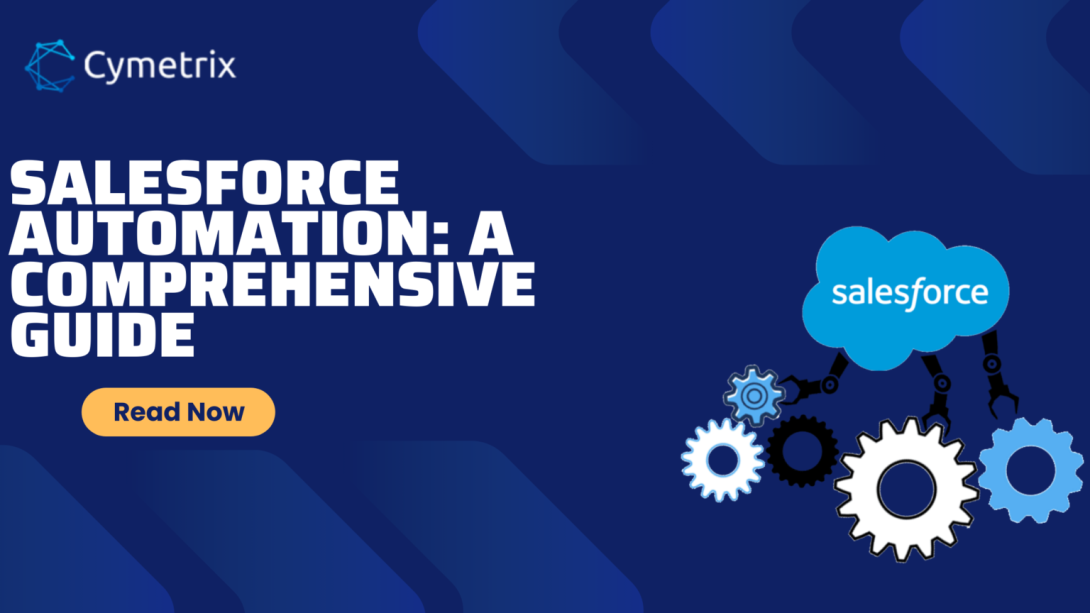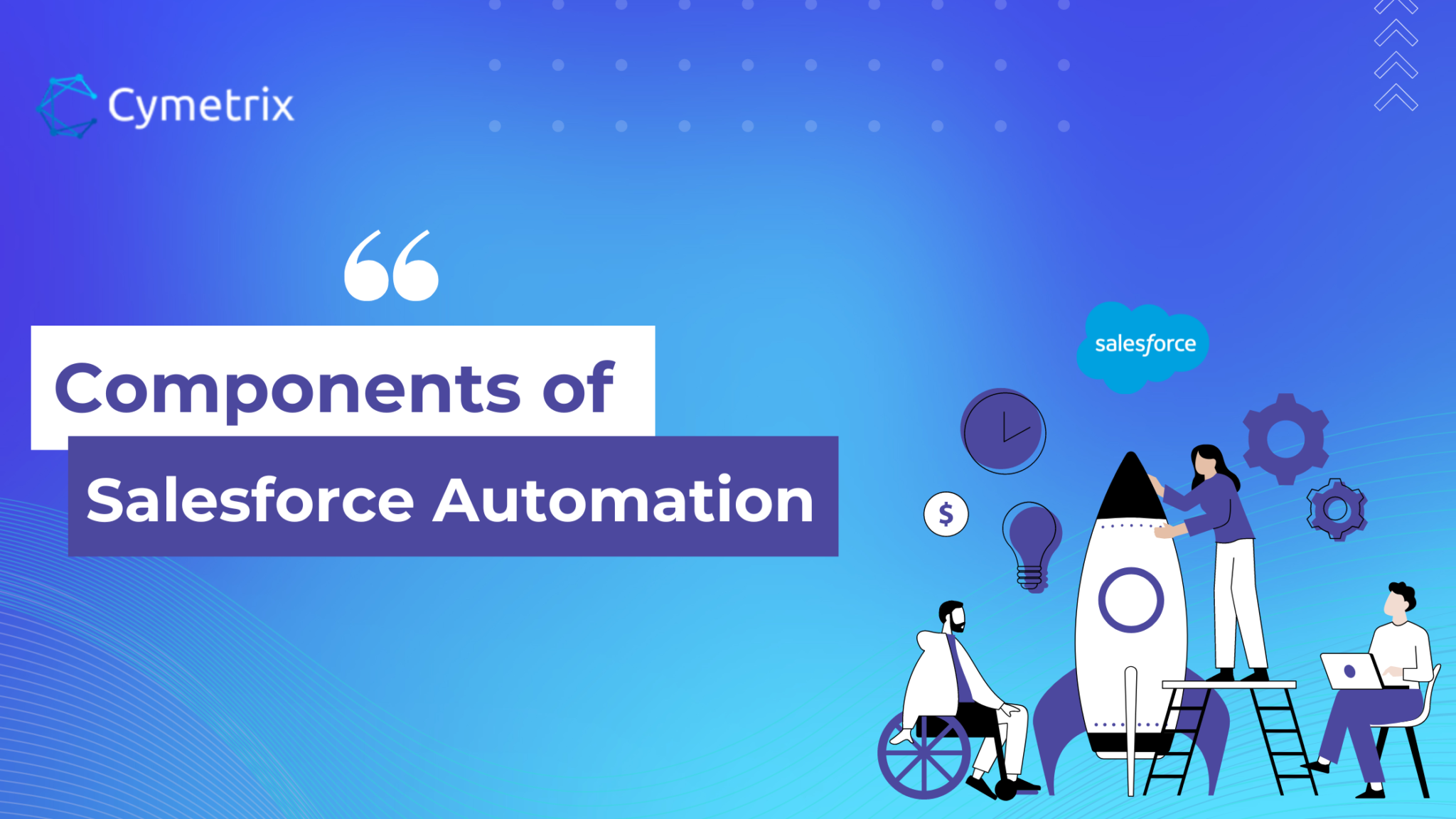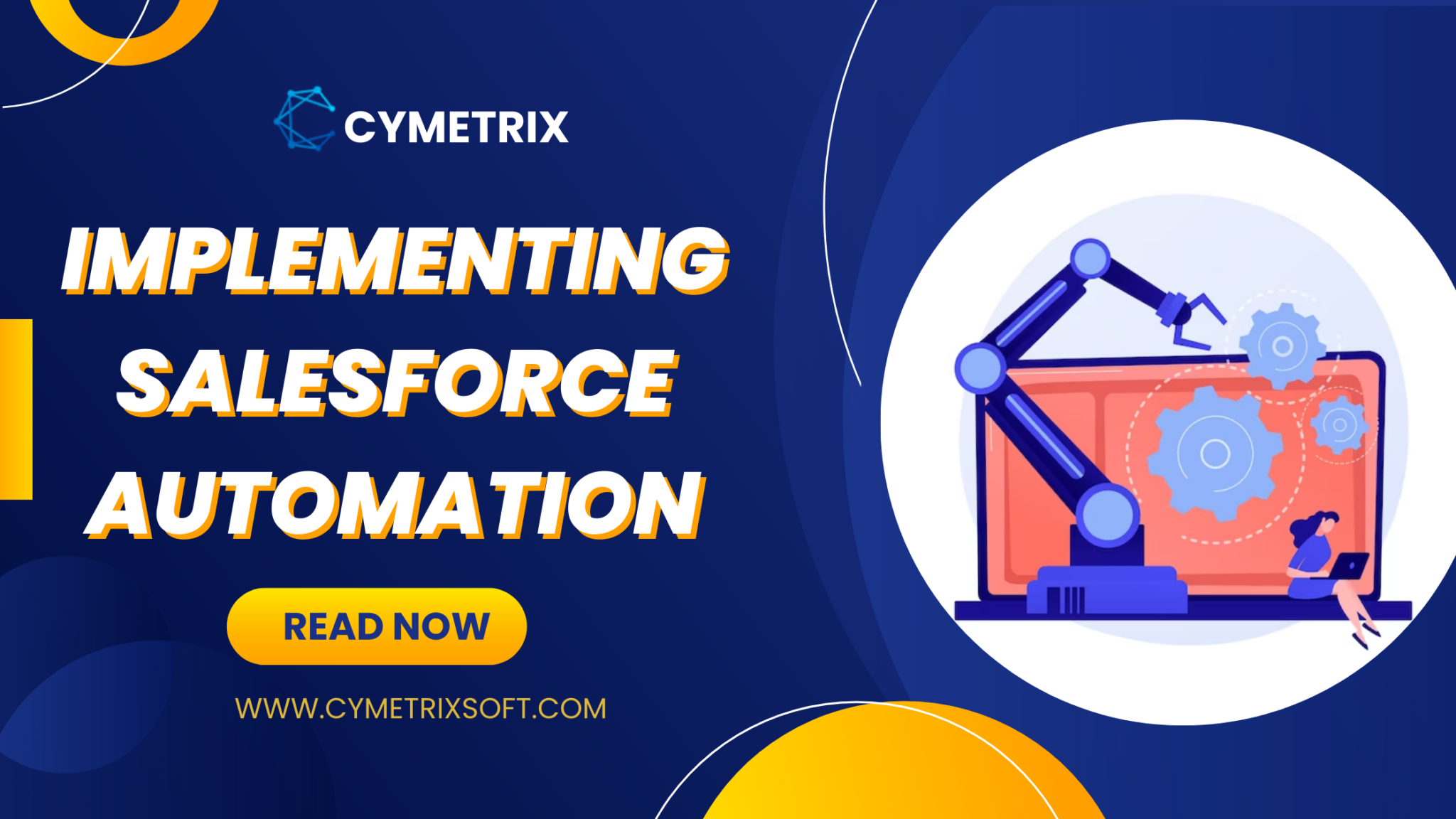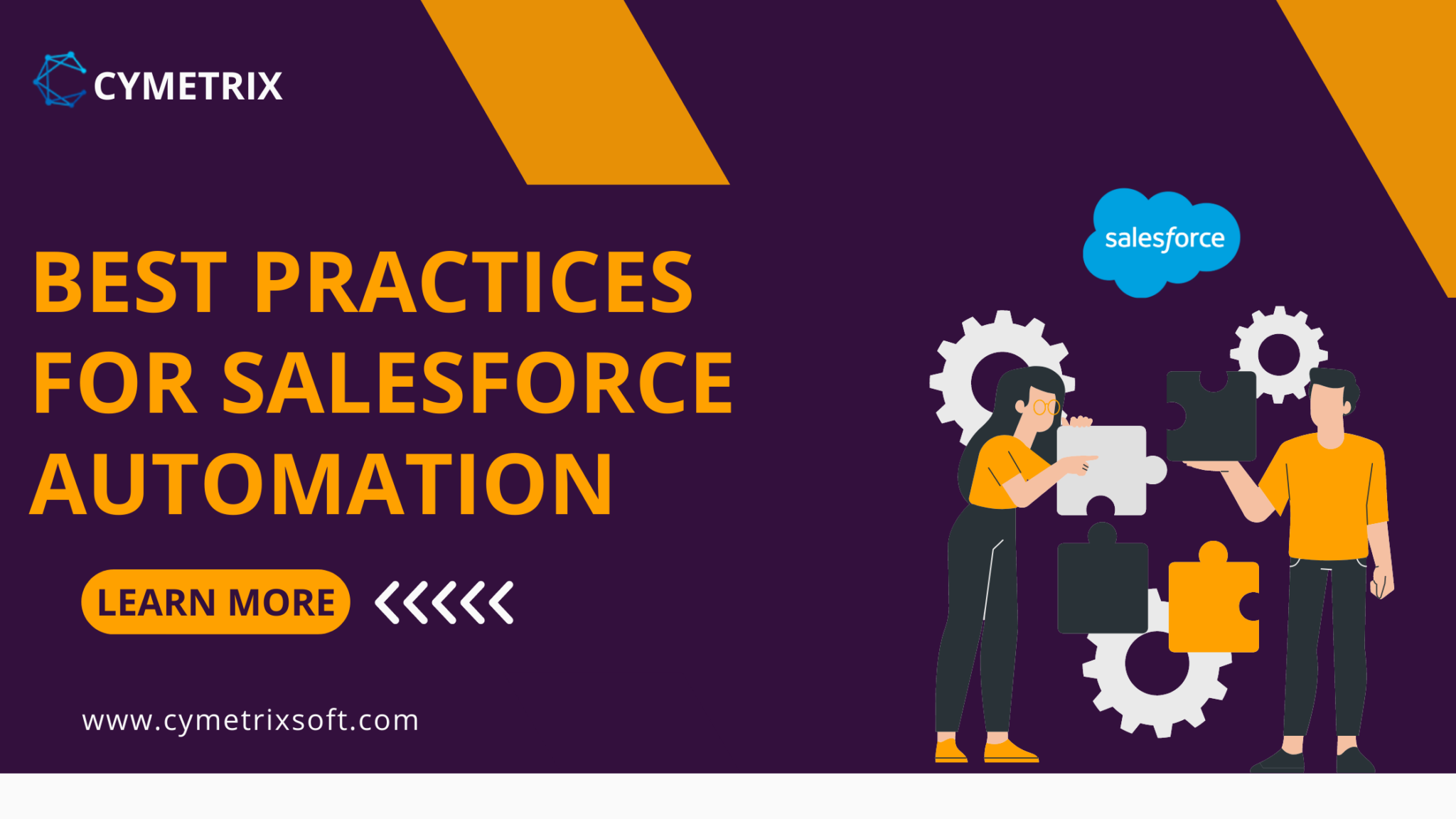
Introduction
Salesforce automation has become a crucial tool for modern businesses looking to streamline their sales processes and improve overall efficiency. According to Research and Markets, the worldwide marketing automation industry will be worth $8.42 billion by 2027. This statistic highlights the importance of automation and its overall growth.
In this comprehensive guide, we will dive into the world of Salesforce automation, exploring its benefits and implementation best practices. We will also examine real-life examples of successful Salesforce implementation and provide actionable tips for companies that want to leverage this powerful practice. Whether you are new to Salesforce or looking to optimize your existing system, this guide will provide valuable insights to help you achieve your sales goals and drive business success.
Benefits of Salesforce Automation
The Salesforce platform offers numerous benefits to businesses of all sizes and industries. These are some of the most significant benefits of Automation:
Improved Sales Productivity and Efficiency
Salesforce Automation can help streamline the sales process by automating redundant and time-consuming tasks. It includes activities like data entry, lead prioritization, and follow-up. That allows sales teams to focus on high-value activities such as building relationships with prospects and closing deals.
For example, a sales rep can set up an automated email sequence to follow up with leads, which frees up the time to focus on other sales activities.
Better Collaboration and Communication
Furthermore, Salesforce automation enables teams to work collaboratively by providing a centralized platform for communication and collaboration. Team members can access and update customer data in real time, reducing the risk of duplication or errors. That improves communication and helps build a strong team.
For example, a sales rep can collaborate with a customer service representative to provide personalized service to customers, resulting in higher customer satisfaction.
Enhanced Customer Experience and Satisfaction
This tool allows businesses to provide personalized and efficient service to customers. They accomplish this by providing a comprehensive snapshot of their interaction history and preferences. That enables you to tailor their communication and provide a more personalized experience, resulting in higher customer satisfaction and loyalty.
For example, a company can use Salesforce Automation to send targeted marketing messages to customers based on their purchase history and preferences.
Data-driven Decision-making and Analysis
This practice can help you get valuable insights into sales processes, allowing you to make data-driven decisions and optimize sales strategies. Furthermore, you can track and analyze metrics such as lead conversion rates, sales pipeline, and revenue growth. That will allow you to identify areas for improvement and make informed decisions.
For example, a business can use Salesforce Automation to analyze the effectiveness of its sales campaigns and adjust its strategy accordingly.

Components of Salesforce Automation
Salesforce includes various components that can help streamline the sales process and improve efficiency. Here are some of the primary components of Salesforce Automation:
Lead Management
Lead management is a complex process that involves capturing, qualifying, and nurturing leads until they become customers. Salesforce Automation provides businesses with tools to automate lead management, including lead scoring, lead nurturing, and lead assignment. According to a recent study, organizations that use lead management automation can see a 10% increase in revenue within six to nine months.
Opportunity Management
This component involves tracking and managing potential sales opportunities, from initial contact to closing the deal. Salesforce Automation provides capabilities to manage the whole opportunity lifecycle, including opportunity monitoring, revenue forecasting, and work assignment to sales agents. That allows sales teams to prioritize their efforts and focus on the most promising opportunities.
Account Management
Account management involves managing relationships with existing customers and ensuring their satisfaction. Salesforce Automation provides businesses with tools to manage customer data, track customer interactions, and provide personalized service. That helps to build stronger relationships with customers and drive repeat business.
Contact Management
Contact management involves managing customer and prospect contact information. Salesforce Automation can help you capture and store customer data, including contact details, preferences, and interaction history. That provides a complete view of their customers and a personalized service.
Salesforce Forecasting
Forecasting involves predicting future sales revenue based on historical data and trends. Moreover, salesforce automation provides businesses with forecasting tools helping them to analyze past sales data and predict future sales revenue. It will enable you to plan and allocate resources more effectively.
Reporting and Analytics
Reporting and analytics involve analyzing data to gain insights into the sales process and identify areas for improvement. Salesforce Automation provides businesses with tools to generate reports and analyze data, such as sales pipeline reports, lead conversion reports, and revenue reports. That will help you to make data-driven decisions and optimize your sales strategies.

Implementing Salesforce Automation
Implementing Automation requires careful planning and execution to ensure a successful rollout. These are some of the primary steps that you need to follow for the effective implementation of salesforce automation:
Define Your Goals and Objectives
Before you can use Salesforce Automation, you must define your goals and objectives. Additionally, you should identify the pain points you want to address and the outcomes you hope to achieve. For example, do you want to improve sales productivity, enhance customer experience, or increase revenue? Defining your goals and objectives will help you determine the features and components of Automation you need to implement.
Choose the Right Salesforce Automation Solution
With so many automation options available, picking the best one may be difficult. Moreover, consider factors such as your business size, industry, and specific needs when selecting a solution. Additionally, ensure that the solution you choose integrates with your existing systems and tools.
Plan Your Implementation Strategy
A well-planned implementation strategy is critical to the success of your Salesforce Automation rollout. Create a detailed plan that outlines the steps you need to take, the timeline for implementation, and the roles and responsibilities of the team members involved. Additionally, ensure that all stakeholders are informed and aligned on the implementation plan.
Train Your Team with Salesforce automation
Further, automation requires training for all team members who will be using the system. Ensure that your team receives comprehensive training that covers all aspects of Automation, including its features and functionality, how to use it, and how it fits into their daily workflows. Therefore, it will help to ensure that your team can use Salesforce effectively and efficiently.
Monitor and Optimize Your Salesforce Automation Implementation
Once you’ve implemented Salesforce Automation, it’s important to monitor its performance and optimize its use over time. Monitor key metrics such as lead conversion rates, sales pipeline, and revenue growth to track the impact of Salesforce on your business. Additionally, optimize your use of automation by leveraging its features and components to address new pain points or achieve new objectives.
If you’re finding this blog post to be interesting, we also recommend reading more on our blog about salesforce marketing automation. It will help you understand more about how to use it to grow your business.

Best Practices for Salesforce Automation
Implementing Automation is the foremost step in streamlining your sales process and improving efficiency. Furthermore, to ensure ongoing success, it’s essential to follow best practices for automation. These are some practices you need to keep in mind before you move forward:
Regularly Clean and Update Salesforce Data
Salesforce Automation relies on accurate data to function effectively. You should regularly clean and update your data to ensure it is accurate and up-to-date. So, that includes updating contact information, removing duplicate records, and verifying data accuracy.
Automate Repetitive Tasks
Salesforce can help automate repetitive tasks like data entry and lead nurturing. You need to identify tasks that are time-consuming or prone to error and automate them using Salesforce Automation. Thus, that will help to improve efficiency and reduce errors.
Customize Salesforce Automation to Fit Your Business Needs
It is a flexible system that you can customize to fit the unique needs of your business. You can customize Salesforce to match your sales process and workflows. That includes customizing fields, creating tailored reports and dashboards, and building custom workflows.
Continuously Train and Educate Your Team
The Salesforce platform is a robust system that can significantly impact your business. You need to continuously train and educate your team on new features and best practices for Salesforce Automation to ensure maximum utilization of this tool.
Leverage Analytics and Insights to Make Informed Decisions
Salesforce Automation provides valuable analytics and insights that can help you make informed decisions. Leverage these analytics and insights to identify trends, track performance, and make data-driven decisions.
Conclusion
In conclusion, Salesforce Automation can transform your sales process, providing powerful tools to streamline workflows, boost productivity, and drive growth. At Cymetrix, we understand the value that automation can bring to your business and have the expertise to help you implement it effectively.
So, our team of experts can help you identify the Salesforce Automation solution that best fits your business needs, develop a tailored implementation strategy, and provide ongoing support and training to ensure you get the most out of the salesforce platform.
If you’re ready to take your sales process to the next level with Salesforce Automation, contact us today to schedule a salesforce consultation. We’ll work with you to develop a customized solution that drives growth and success for your business.








